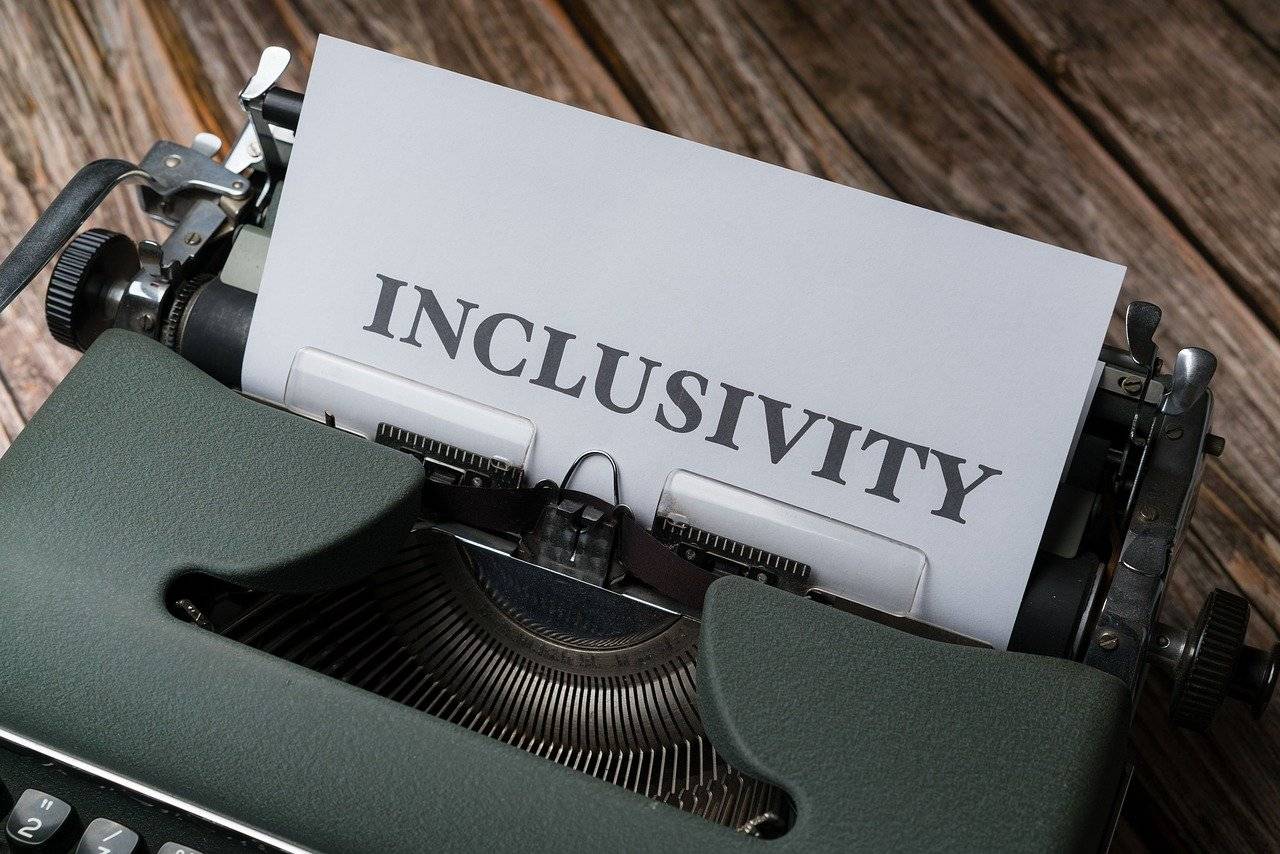Addressing Teacher-Student Communication Challenges
Effective communication between teachers and students plays a crucial role in the learning process. However, various barriers can hinder this communication and affect the overall academic experience. One common barrier is the lack of active listening, where both parties fail to truly engage in attentive listening and understanding each other’s perspectives.
Moreover, language barriers can also pose challenges in communication between teachers and students. This can occur when students have limited proficiency in the language of instruction, leading to misunderstandings and misinterpretations of the information being conveyed. Additionally, cultural differences may impact communication, as different cultural norms and communication styles can affect how messages are understood by both teachers and students.
Importance of effective communication in the classroom
Effective communication in the classroom is crucial for creating a positive and productive learning environment. When teachers and students are able to communicate clearly and openly with each other, it helps to build mutual respect and trust. This, in turn, can lead to improved academic performance and increased student engagement.
Furthermore, effective communication in the classroom also plays a key role in fostering a supportive and inclusive learning community. By actively listening to students’ perspectives and concerns, teachers can better address their individual needs and provide them with the necessary support to succeed academically. Open lines of communication can also help to prevent misunderstandings and conflicts, leading to a more harmonious and enriching educational experience for everyone involved.
Ways to improve teacher-student communication
One effective way to improve communication between teachers and students is by actively listening to each other. This means paying attention to what the other person is saying without interrupting or thinking about your response while they are speaking. By giving each other the space to express themselves fully, both teachers and students can feel heard and understood.
Another helpful strategy is to seek clarification when there is a misunderstanding. Instead of assuming what the other person meant, it is important to ask for clarification to ensure that both parties are on the same page. This can prevent miscommunication and help foster a more open and transparent dialogue between teachers and students.





